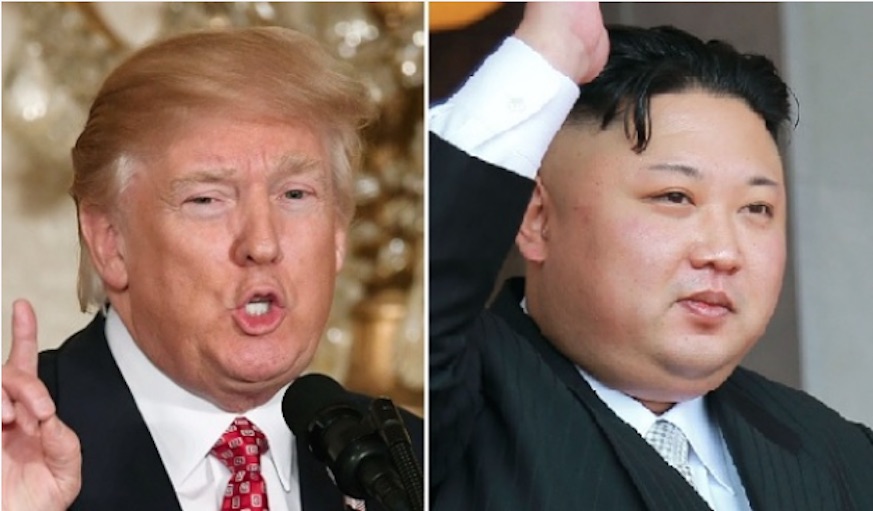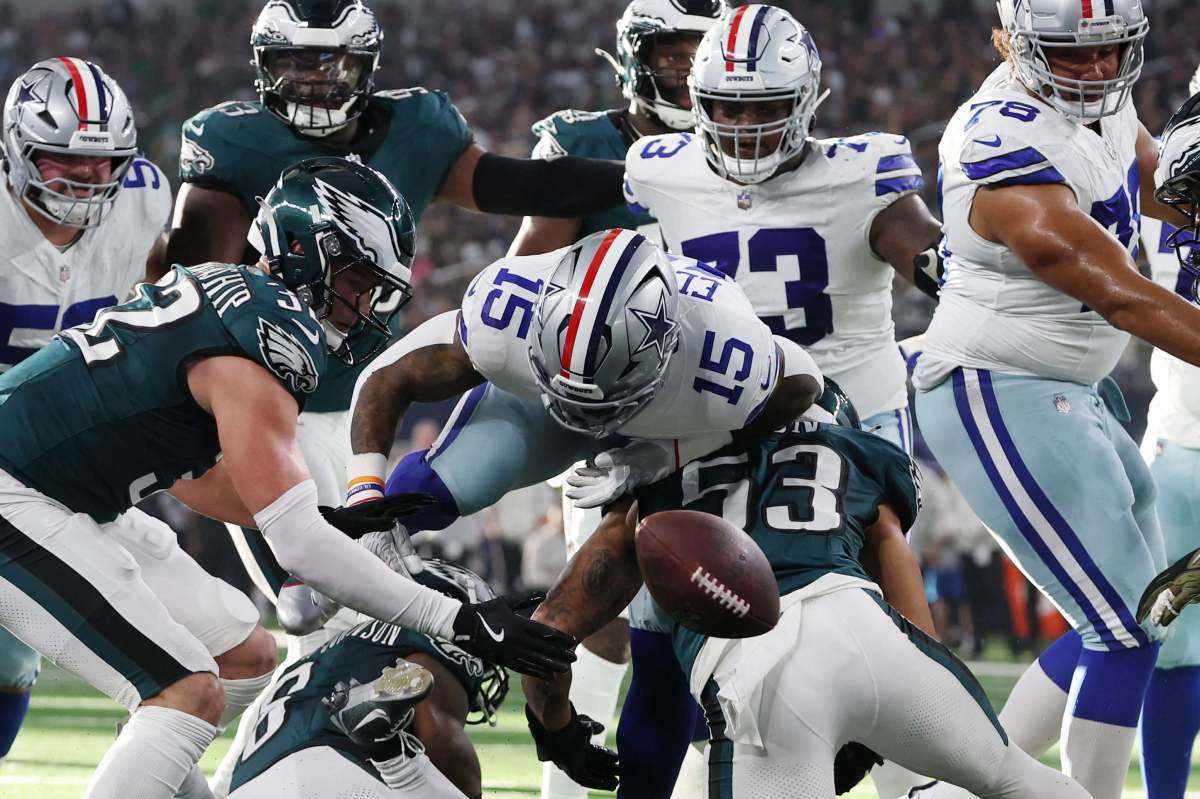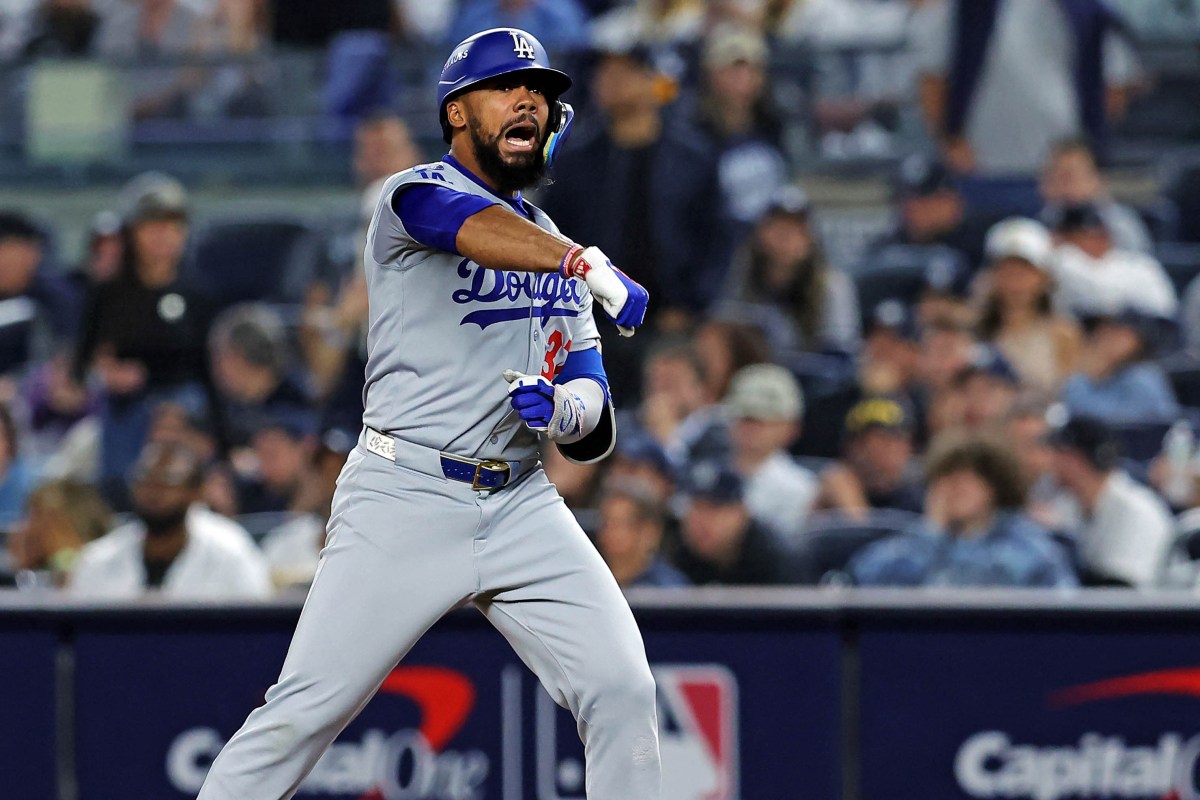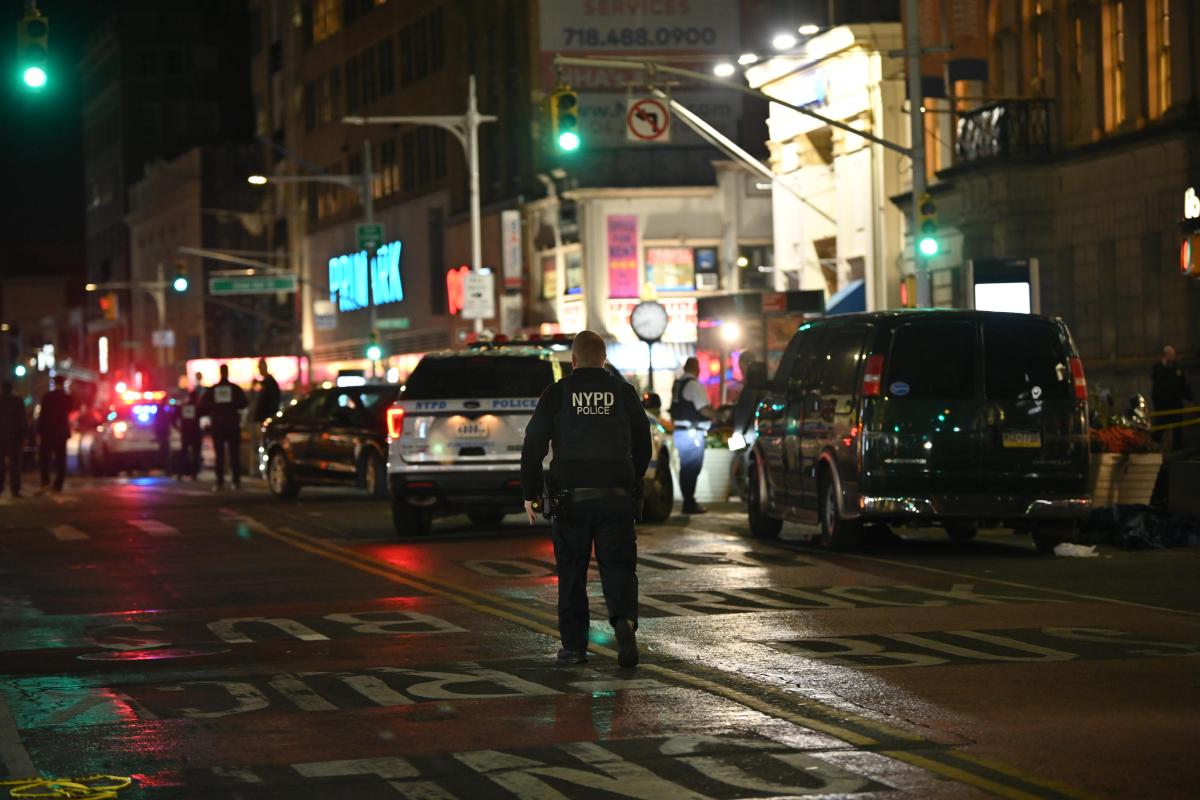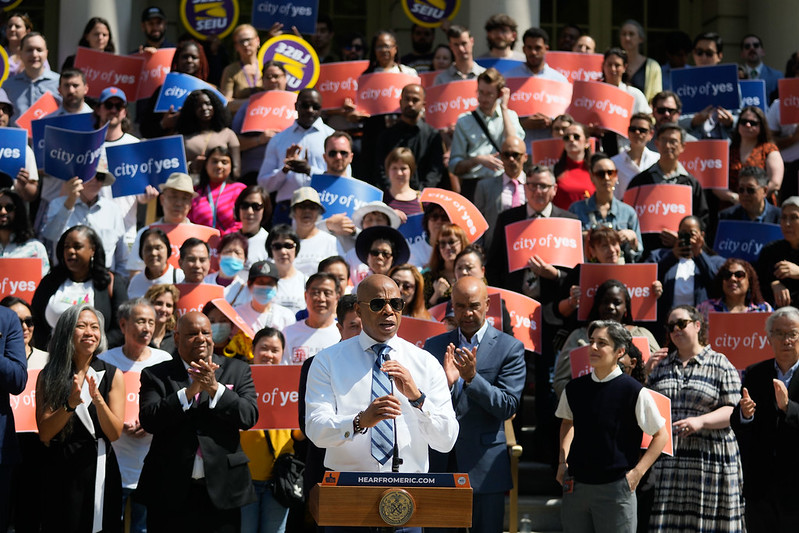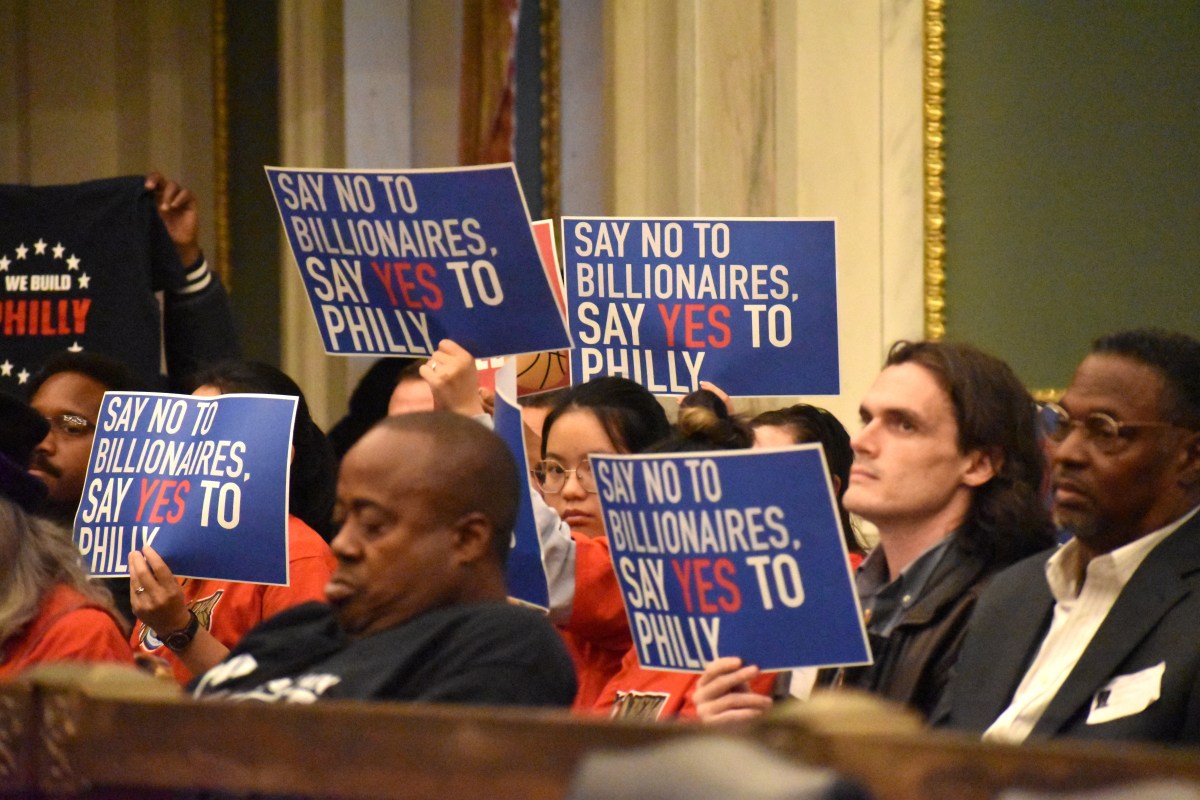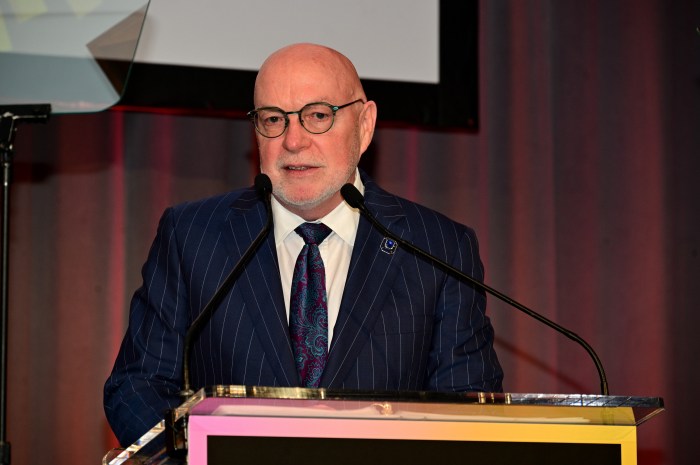The U.S. and North Korea are waiting with bated breath for a summit that is set to happen Tuesday, after almost 70 years of bitter rivalry between the two countries. The encounter between the 45th POTUS Donald Trump and dictator Kim Jong-un is considered one of the hardest-to-predict events in diplomatic history and will certainly be remembered for centuries to come – no matter the result.
“We have to be realistic with expectations,” Ali Riaz, professor of political science at Illinois State University, U.S. explained to Metro. “I don’t expect a dramatic breakthrough, instead I expect both leaders to lay out their terms and expectations. Kim Jong-un will have his wish list which will include security assurance and promises of immediate economic assistance from the U.S. He will try to push for a commitment from Trump of U.S. withdrawal from the region. Trump, on the other hand, is expected to ask for an announcement of denuclearization with a clear roadmap.”
Prior to the summit, Kim Jong-un basked in the global spotlight as well after meeting with his southern counterpart, President Moon Jae-in, in April this year. During the peace talks, he already committed to “complete denuclearization” of the country, aiming to establish permanent peace on the peninsula.
On the other hand, Trump’s administration constantly insisted on “complete, verifiable and irreversible” denuclearization, but now made a step back and agreed on the process to happen “by phases.”
“We should see whether the two leaders agree on continuing the process, discuss incremental steps regarding denuclearization, and talk about formally ending the war in the Korean peninsula. These would indicate that the summit went well,” Riaz added.
In any case, this decision goes beyond North Korea and the U.S. The allied countries of each side are also anxiously waiting for the results of this historic encounter.
“I don’t think Kim is acting without the consent of China,” Riaz concluded. “Any agreement will have to have the blessings of Chinese leadership. An agreement which will reduce U.S. presence and influence in the region is not only beneficial to China, but is its primary strategic objective. Same goes with Russia. The invitation to Kim by Putin indicates that Russia doesn’t want to be left out. Japan has most to lose if Trump agrees to a bad deal about regional security. South Korea will remain the key player in going forward; without South Korea on board there won’t be any success.”
Where will Trump meet Kim Jong Un?
-The meeting is to take place at a luxury hotel in Singapore.
-Hotel Capella, a five-star establishment, that is a popular celebrity hotel located on the island of Sentosa, south of the city, will host the summit.
-Bordered by beaches and marked by amusement parks and golf courses, the island of Sentosa is a luxury recreational area where a wide range of security forces will be active.
Q&A with Sung-Yoon Lee, professor of Korean studies at Kim Koo-Korea Foundation
Q: What should we expect from the summit?
– Both Trump and Kim will gain political victories from the summit. Trump will claim to have defused a tense stand-off, tamed the North Korean leader, and compelled North Korea to start the process of denuclearization. But Kim Jong-un will walk away with far bigger gains. Kim will have engaged the U.S. in yet another protracted negotiation process with no final negotiated agreement in sight, during which time he will buy time and money with which to perfect his own nuclear posture review. In fact, North Korea will have deterred the U.S. from even thinking about a preemptive strike, compelled the U.S. and other UN member states to stop enforcing sanctions against Pyongyang, laid the foundation for the resumption of generous aid from South Korea and China, and deterred other states from ramping up diplomatic pressure against Pyongyang. “Maximum pressure” will be dead.
Q: Will denuclearization come quickly?
– North Korea will make small concessions like readmitting IAEA inspectors into its main nuclear site in Yongbyon, etc., but stall on dismantling its nuclear apparatuses or shipping out nuclear warheads. A nation that has worked for half a century to develop nukes and has to contend with a far more successful, freer, richer Korean state across the border does not bargain away the one ace card (nuclear threat capability) it has that may one day enable the inferior North to prevail over the superior South.
Q: Could both leaders reach an agreement?
– Pyongyang has been playing this two-act play, provocation followed by placation (provoke relentlessly, then change the tune from molto agitato to placido and put on a fake peace ploy), for decades. For Pyongyang, it always pays to provoke. But it pays even more to placate after provoking. After a banner ballistic year in 2017, in which Kim established his threat credibility, 2018 is the perfect time to reap the harvest on the seeds of provocations. Pyongyang is very crafty, and does not just escalate endlessly. It knows when to come down a rung or two.
Q: What will happen if things go wrong?
– South Korea has grown rich over the past decades; hence, it favors de-escalation and the status quo. Seoul does not seek a German model of unification, absorption of the less successful neighbor. On the other hand, North Korea has to live with a richer South that is a magnet to its own people; hence, it favors the Vietnamese model of unification, communization by force.
Q: At the UN General Assembly, Donald Trump stated he could destroy North Korea. Do you expect him to take those words back?
– It will be politically difficult for Trump to walk away first from a deal he has endorsed. Hence, Trump will try to cling on to the agreement, even as North Korea demurs, cheats, and blatantly violates the deal. Advantage North Korea.
Q: What role do China, South Korea, Japan and Russia play?
– In the next few months, Kim will hold summit meetings with Vladimir Putin and Japanese Prime Minister Shinzo Abe, further bolstering his own image as a legitimate global statesman instead of a ruthless, weird dictator. It’s exactly what his father, Kim Jong Il, did in 2000-2002. Kim Jong Il made his first visit to China as the national leader in May 2000, held the first-ever inter-Korean summit in June (and pocketed $500 million in cash from the South), received President Putin in Pyongyang in July, sent a special envoy to President Clinton in October, received Secretary of State Madeleine Albright in Pyongyang later the same month, paid another visit to China in January 2001, visited Putin in Moscow in August that year, and received Japanese Prime Minister Junichiro Koizumi in Pyongyang in Sept 2002. As a result, Kim got his neighbors to legitimate him as a reasonable leader with whom the U.S. could do nuclear business. Kim Jong-un is doing the same today, and Trump is walking right into this elaborate trap.
North Korea timeline of events:
1945.
The Japanese occupation of the Korean peninsula culminated with its defeat in World War II. Korea is divided by the 38th parallel between the North, governed by Kim Il-Sung with Soviet support, and the South, protected by the U.S.
1950.
North Korea invades the South with the support of China and the Soviet Union. A coalition led by the U.S. resumes Seoul. In July 1953, an armistice is signed that never becomes a peace treaty, and Washington imposes sanctions on North Korea.
1994.
Former U.S. President Jimmy Carter makes an unprecedented trip to North Korea with the authorization of then-President Bill Clinton.
1998.
North Korea launches a long-range ballistic missile. But a year later Kim Jong-Il decrees a moratorium on his missile tests and Washington relieves the sanctions. In October 2000, then Secretary of State Madeleine Albright meets with Kim in Pyongyang.
2002.
U.S. President George W. Bush combines North Korea, Iraq and Iran in what he calls an “axis of evil.”
2008.
Washington withdraws Pyongyang from the blacklist of countries that support terrorism – in which it was listed since 1988 for its alleged involvement in the 1987 destruction of a South Korean commercial aircraft that left 115 dead – in exchange for controlling “all the nuclear facilities” of the regime.
2017
August 8 – Trump promises “fire and fury“ against North Korea. Three weeks later, on August 29, Pyongyang launches a ballistic missile that flies over Japanese territory.
September 3 – North Korea conducts its sixth nuclear test, claiming to have tested an H-bomb.
November 20 – The U.S. puts North Korea back on the list of countries that sponsor terrorism.
2018:
March 8 – Kim Jong-un invites Trump to meet him through a letter delivered in Washington by an envoy from Seoul.
April 27 – Kim Jong-un and the South Korean president, Moon Jae-in, celebrate the first inter-Korean summit in eleven years, during which they agreed to work for peace and denuclearization of the peninsula.
May 24 – Pyongyang accuses Washington of endangering Kim and Trump’s summit for making “stupid” comments, referring to the statements of U.S. Vice President Mike Pence and Trump National Security Advisor John Bolton. Hours later, President Trump abruptly cancels the summit with Kim Jong-un for the regime’s “tremendous anger and hostility.”
May 25 – Trump again shows his willingness to meet with Kim after the North Korean regime showed its willingness to reopen the dialogue “at any time and in any way.”
May 26 – The leaders of the two Koreas celebrate their second meeting in just one month to try to improve their ties and save the summit of Kim Jong-un and Donald Trump.
May 30 – The head of U.S. diplomacy receives the number two of the North Korean regime, Kim Yong-chul in New York.
June 1 – The North Korean military is received in the White House by Trump, who confirms that the summit with the leader of Pyongyang will take place on June 12.
A look at North Korea’s 6 allies
China – The powerful nation has traditionally been North Korea’s closest ally, its neighbor to the north and west. But since Kim took power in 2011, the relationship has cooled. Chinese President Xi Jinping is said to have a low opinion of Kim and his nuclear weapons program. Beijing has repeatedly asked Pyongyang to cease its nuclear tests and ballistic missile launches in vain.
Russia – U.S. relations with Russia have cooled tremendously, and are at their worst since the end of the Cold War, as stated by its foreign ministry. So it comes as no surprise that Moscow has remained silent on the current U.S.-North Korea situation. North Korea shares a narrow north-easterly border with Russia, and the two nations have been close allies since the Cold War.
Bulgaria – North Korea made an alliance with Bulgaria when it was under communist rule in 1948, and signed a bilateral cooperation agreement in 1970. Bulgaria is now Kim’s only ally in Europe.
Benin – Yet another former communist state with ties to North Korea. In 2013, North Korean state media quoted ex-President of Benin, Thomas Boni Yayim, describing relations between North Korea and Benin as “excellent ones of friendship and tradition.”
The Democratic Republic of Congo – North Korea has forged ties with the Democratic Republic of Congo (DRC), which is notoriously unstable.
Madagascar – North Korea has an unlikely historic alliance with Madagascar. During the 1970s, North Korea helped to build the fledgling state’s presidential Iavoloha Palace and new waterways free of charge.
4 historic encounters and their consequences
Barack Obama & Raúl Castro (2016)
The “Cuban thaw” between President Obama and Cuban President Raul Castro vastly improved relations between the two countries. The historic gesture marked the end of 54 years of hostility. The historic “prisoner swap” between the United States and Cuba in December of 2014 marked the most significant shift in White House policy towards Cuba since the implementation of the 1962 embargo.
Cuba was officially removed from the U.S. state sponsors of terrorism list.
Nixon & Mao Tse Tung
In 1972, Nixon made a historic and unprecedented journey to meet Chairman Mao, in part paved by members of an American ping-pong delegation who traveled to Beijing the year before. Their historic handshake was as much about countering the Soviet threat as building trade and cordial relations between the two countries.
Israel & Palestine
After historical summits between Egypt and Israel in 1993, a series of meetings took place between Palestine and Israel. The most famous one happened in the White House where Israeli Prime Minister Yitzhak Rabin and Palestinian leader Yasser Arafat signed an initial peace agreement. The awkward handshake they made remains an iconic image of Israeli-Palestinian history.
North and South Korea
The first meeting between the two countries happened in the year 2000 between Kim Jong-il, the late father of North Korea's current leader, and South Korea's then president, liberal Kim Dae-jung. That encounter led to a deal on joint economic projects. The second inter-Korean summit happened in October 2007 between Kim Jong-il and Roh Moo-hyun. In a highly symbolic moment, Roh crossed the Demilitarised Zone and met with Kim in the North Korean capital of Pyongyang. They agreed to pursue a peace treaty to formally end the Korean War and reached a set of co-operation projects.

